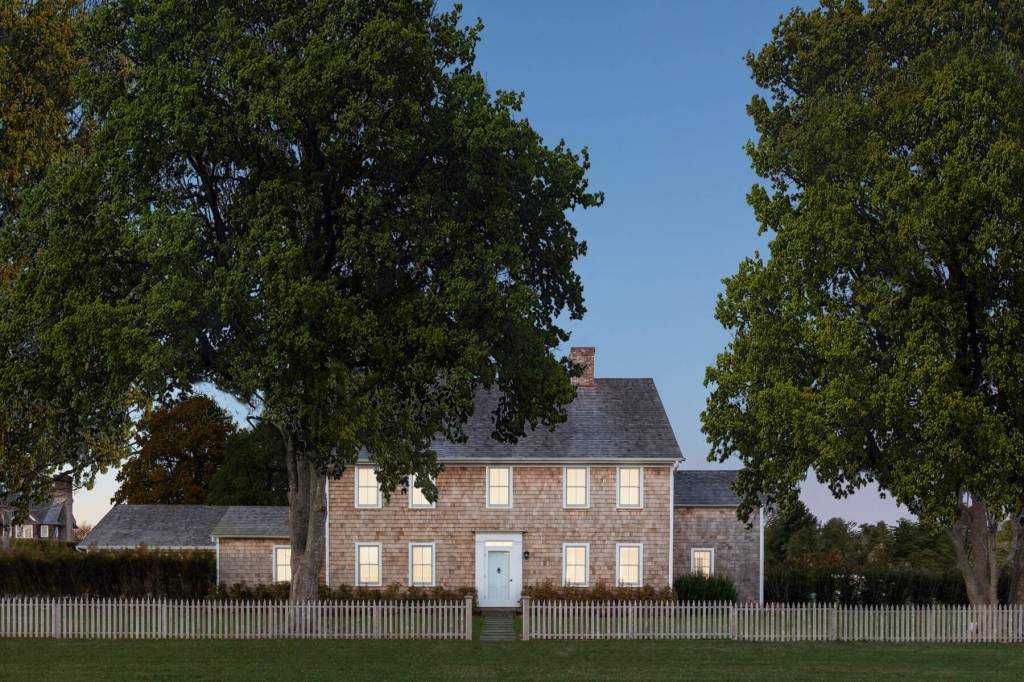Record Traffic Clogs Roads in Recession?

A good and little known indicator of activity in the Hamptons economy is at East Hampton’s Reutershan Parking Lot directly behind the stores on Main Street in that town.
At the entrance to this lot (and all other public lots downtown) you have to stop your car and press a button to get a free parking ticket. The ticket is date and time stamped. There’s two-hour parking in these lots. A good indicator of economic activity here is in the number of these parking tickets issued during the month compared to the same month prior year.
The numbers for July are now in, and they have shot through the roof. For July 2012, 134,266 motorists punched the button to get a ticket. This compares to 116,483 for July 2011, an increase of nearly 20%. It’s also the most number of motorists who have gotten these tickets in any July since the machines were installed 13 years ago.
Other than this July’s abnormality, the ticket totals have generally followed the national economy. They were about 70,000 in 2001 and they rose to a high of 132,000 in July of 2005. They then stayed pretty steady through 2007 (the total was 129,383 that July) and then, as the recession took hold, dropped down. During the recession years of 2008 to 2011, the number held steady at around 116,000, then, this year, suddenly took off with this July’s total erasing the record set in 2005.
What is going on? As far as all traffic in the Hamptons goes, this bellwether measurement certainly reflects what’s happening. The roads are packed. There are long tie-ups. Last Wednesday (this was not the day County Road 39 was closed), I drove back from the Dan’s Papers offices in Southampton at about five in the afternoon following Route 27 eastbound to East Hampton and can report to you that westbound traffic was, without exception, bumper to bumper all the way from County Road 39 and North Main Street in Southampton to the Montauk Highway and Daniel’s Hole Road in East Hampton, three villages and 10 miles away.
There have been increases in the number of accidents and reported deaths this year. Between 2009 and 2011 the number of fatalities on our roads totaled five in East Hampton Town, according to the Chief of Police there. This year there have been six already. Similar jumps in fatalities are reported in Southampton Town, where the total for the first half of this year is way ahead of last year.
Our narrow and crooked roads are not made to adequately handle traffic such as this. People get crazy. They take chances. Car crashes are on the increase too.
But now the question is—who are these motorists? It’s been reported by most real estate brokers in our area that although the sales of expensive mansions seems to be picking up, the number rented earlier this spring for the summer season of 2012 was a disaster. People who own homes to live in would not notice this. But people who own homes as speculators to rent found few takers. As a result the houses lay empty. So there’s been a great temptation to rent them out not for the summer or for a month, but just for three nights or so (as party houses). So for example, an up island high school senior class of 100 kids can have a three-day blast in them, as was reported a few weeks ago.
It’s also not the local people who are crowding our highways. Indeed, with prices for real estate a bit on the upswing, the trend of having fewer and fewer of them continues, since the locals can simply not afford the prices.
And it’s not the immigrants. If anything, the swell of immigrants into our community willing to work for low pay peaked more than a year ago as the economy slackened.
And it’s not the wealthy Europeans. We’ve for the past 10 years had a goodly share of these, as the euro has strengthened and coming to the Hamptons, from their perspective, looks like a bargain. Now, however, Europe is in trouble. People there are worried. And, although there are no statistics to support any of this, it seems there are far fewer wealthy people here speaking Italian or French or even Russian these days.
So, if it is not any of the above, who is it that is crowding into the Hamptons to cause this big influx of traffic and crowds? There is only one other group this could be: tourists and day trippers.
I submit that what we are witnessing is a mass influx of people from western Long Island, Brooklyn, Queens, the Bronx, New Jersey and the less affluent sections of Manhattan who are flooding into the Hamptons to see what it is all about. They stay for a day, or for a weekend. Many of them, particularly the young, try to dress as Hamptonites would—you see women with white pants, white dresses and blouses, sunglasses and floppy hats, on the men, some bling and three day growth of beards. So they “pass.” They are in disguise.
I don’t think this is cause for alarm. For one thing, whoever comes here has every right to do so, for a day, a week or a summer. We don’t have a gate at the Shinnecock Canal we can close when we are “full.”
For another thing, I think that in this terrible recession we are going through, a little unexpected vigor that this influx brings can be considered a positive result.
Furthermore, speaking as someone who is 72 and who is now sometimes viewing all the clubs filled with young people out here with alarm, I vividly recall when I was young doing the very same thing these kids are doing now. The fashions were different, the names were different, but heck we all went out and partied. And we all were pretty broke. (I live in East Hampton today, but in my teenage years I lived in Montauk and remember those good times. One guy I knew back then was Dick White, now a respected Montauk elder. We sometimes went to the same dives—the Blue Marlin, the Surf and Sand, the Manor, the Lakeside—and since he is still in Montauk, I called him and asked him about this new influx of young people taking over a lot of the old tourist haunts in town. Is it something to worry about? It’s just like what we did, he said. So, uh, no worries, dude.)
I think this exercise in parsing the shifting situation of the Hamptons has another purpose however. I think that in particular the Towns of Southampton and East Hampton, should confirm my appraisal and then look to see how to deal with this new situation. Are our laws adequate? Are our lawmakers up to looking at this? Is there something new we should be doing?
Though we are a completely unique place, I suggest our towns investigate what other communities have done when the sands shift under them. We should also look at other communities that have maintained their way of life through it all, and we should look at the laws at other communities that are somewhat like ours.
I would suggest that we consider what the rules are in Palm Beach, where outsiders are not given much of the piece of the pie. I think we should look at Hyannis, Massachusetts, where, other than the glitterati, the members of the different factions live in something like harmony, and I think we should look at complete successes, such as Newport, Rhode Island and at successes that have staggered during this recession, such as Cape May, New Jersey and perhaps complete failures, such as Asbury Park, New Jersey, which during the last 30 years was pretty much trashed.
We are more historic and beautiful than almost any of these places. But we should be prepared to react to what we see happening and create the wisdom to know what to do about it.



